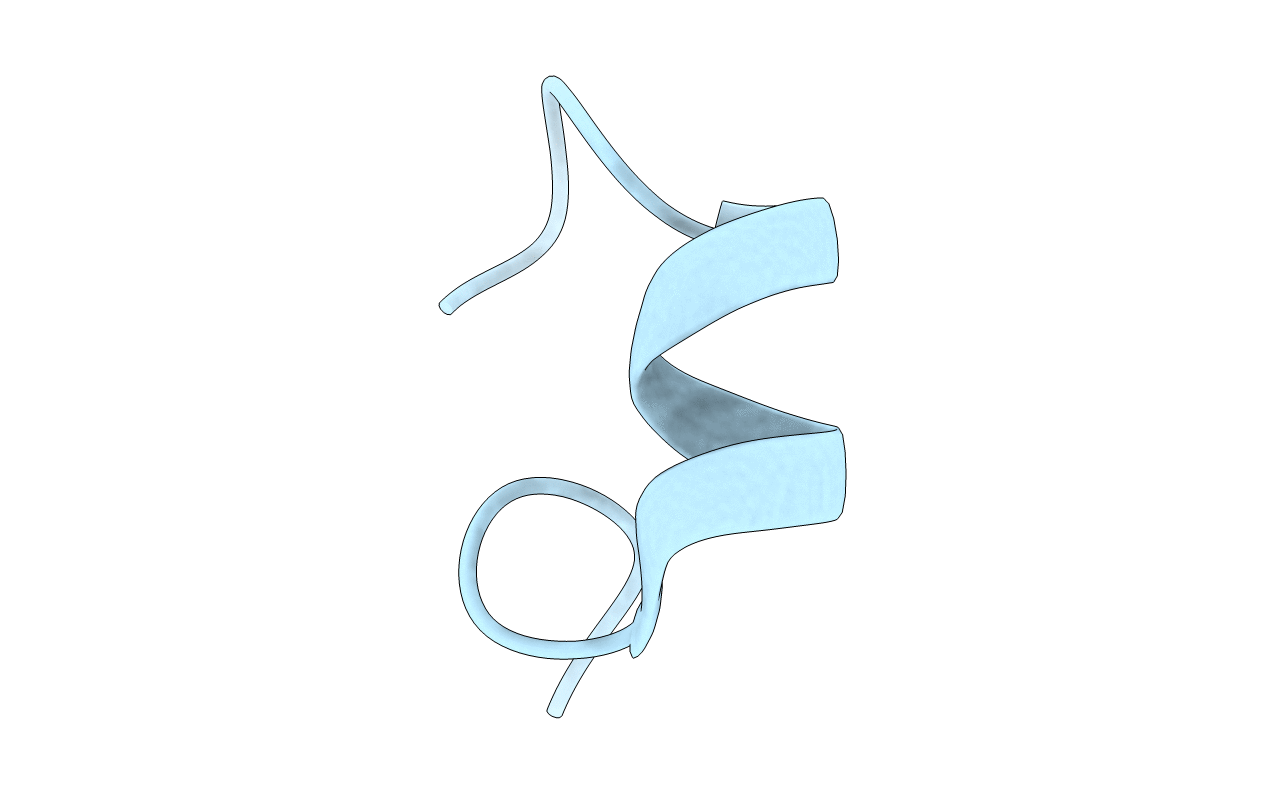
Deposition Date
1997-05-18
Release Date
1998-05-20
Last Version Date
2024-10-23
Entry Detail
PDB ID:
1AKG
Keywords:
Title:
ALPHA-CONOTOXIN PNIB FROM CONUS PENNACEUS
Biological Source:
Source Organism:
Conus pennaceus (Taxon ID: 37335)
Method Details:
Experimental Method:
Resolution:
1.10 Å
R-Value Free:
0.15
R-Value Work:
0.14
R-Value Observed:
0.14
Space Group:
P 21 21 21


